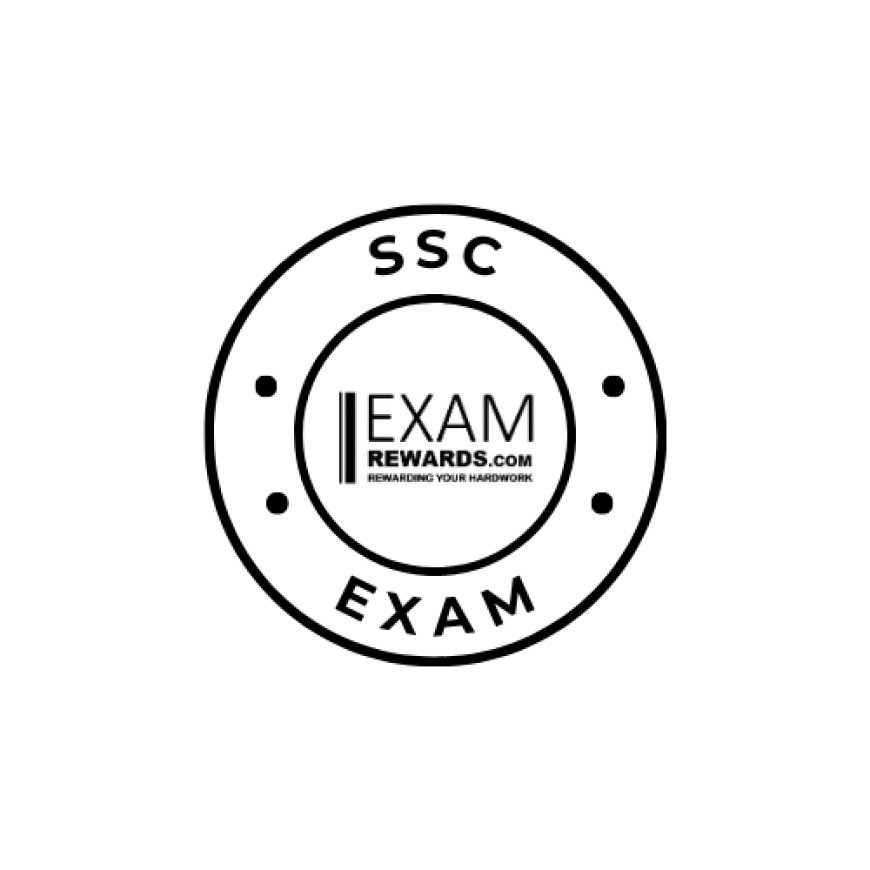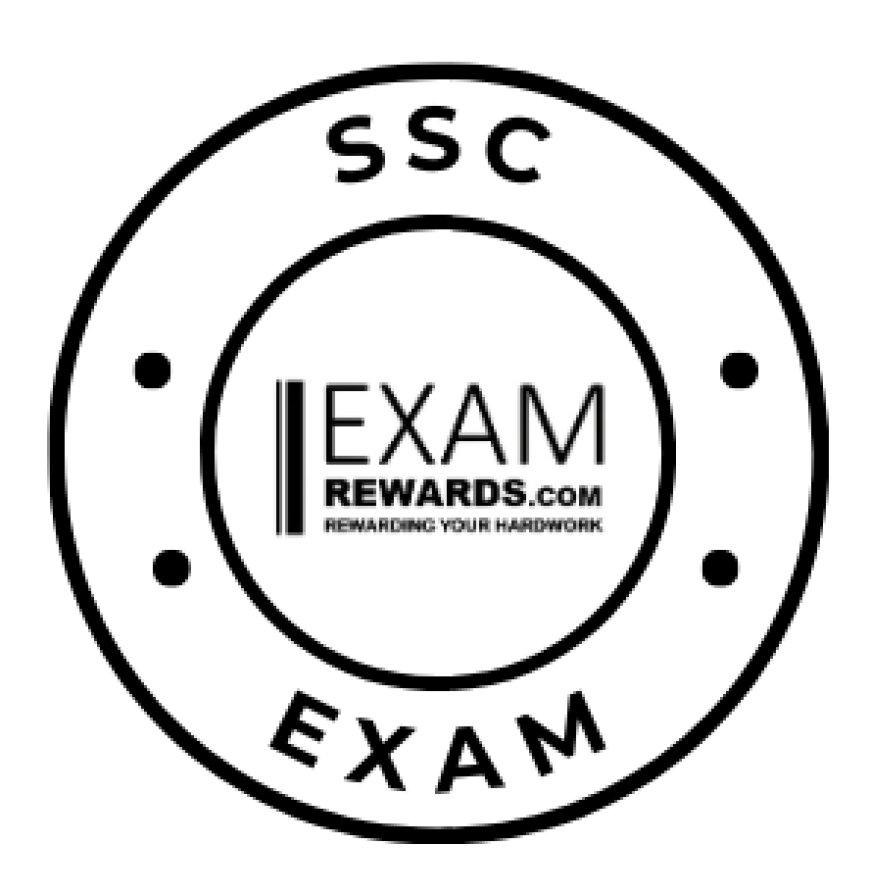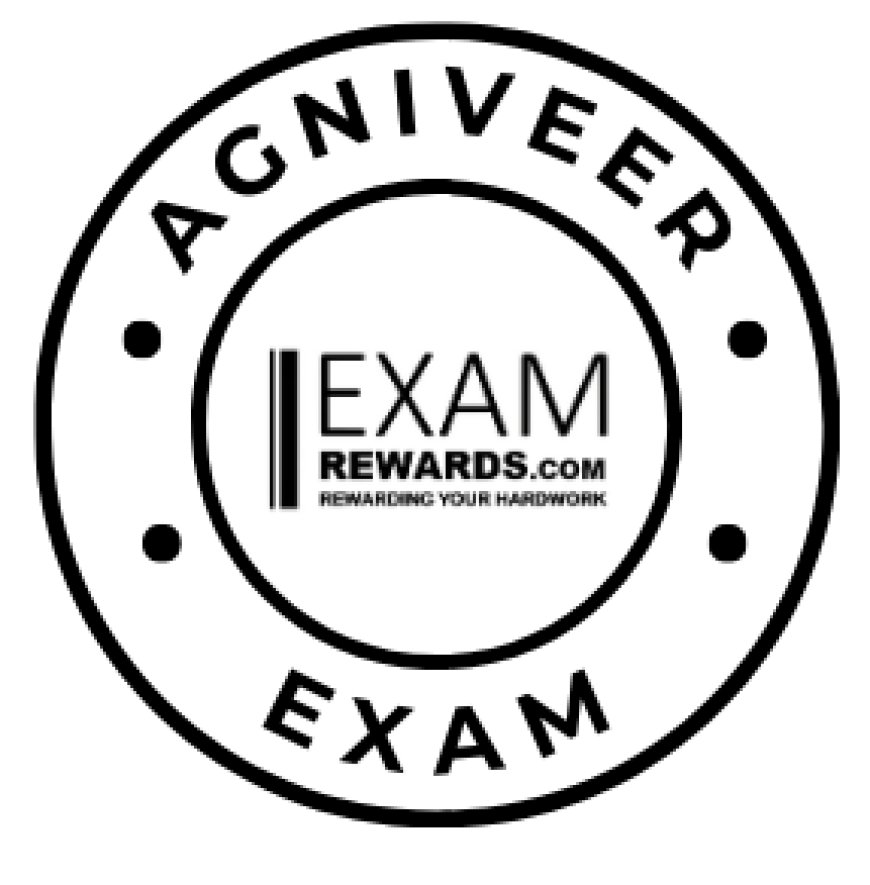The SSC Junior Engineering (SSC JE) ( Civil)
Video Lectures Notes Mock Tests
The SSC Junior Engineering (SSC JE)
The Staff Selection Commission (SSC) has recently unveiled its notification for the recruitment of 968 vacancies for Junior Engineer positions. Success in the SSC JE Exam requires a comprehensive understanding of its syllabus, given its extensive coverage. Familiarity with every topic included in the SSC JE Exam is crucial for every candidate.
The SSC Junior Engineering (SSC JE) exam comprises two papers: Paper 1 and Paper 2. Paper-I of the SSC JE 2024 exam is scheduled to be held on 4th, 5th, and 6th June 2024. It is imperative for candidates preparing for the SSC JE exam to grasp the SSC JE syllabus 2024 thoroughly, encompassing all relevant topics.
SYLLABUS
The level of questions in Engineering subjects for the upcoming SSC JE (Staff Selection Commission Junior Engineer) exam will be equivalent to that of a Diploma in Engineering (Civil/Electrical/Mechanical) from a recognized institute, board, or university acknowledged by the All India Board of Technical Education.
SSC has made changes to the exam pattern, and this year both Paper 1 and Paper 2 of the SSC JE exam will be conducted in online mode, specifically as a Computer-Based Test (CBT). This transition to online testing aims to streamline the examination process and provide a more efficient and standardized assessment platform for candidates.
Candidates preparing for the SSC JE exam should familiarize themselves with the online testing format to ensure they can navigate the interface smoothly on the day of the exam. Additionally, they should focus on understanding the core concepts and principles of their respective engineering disciplines to effectively tackle the questions that will be presented in the exam.
|
Papers |
Type of Examination |
Subjects |
Mode of examination |
|
Paper 1 |
Multiple Choice |
(i) General Intelligence and Reasoning (ii) General Awareness (iii) Part-A Engineering (Civil) |
Online |
|
Paper 2 |
Multiple Choice |
Engineering (Civil) |
Online |
Exam Pattern
|
SSC JE EXAM PATTERN 2024 |
|||
|
Subject |
Number of Questions |
Maximum Marks |
Duration & Timings |
|
General Awareness |
50 |
50 |
2 Hours |
|
General Intelligence and Reasoning |
50 |
50 |
|
|
Part A- General Engineering (Civil & Structural) or |
100 |
100 |
|
|
Total |
200 |
200 |
|
SSC JE SYLLABUS
|
PAPER-1 |
· General Intelligence and Reasoning
· General Awareness
· General Engineering- Mechanical
|
REASONING |
· Classification
· Analogy
· Coding-Decoding
· Paper Folding Method
· Matrix
· Word Formation
· Venn Diagram
· Direction and Distance
· Blood Relations
· Series
· Verbal reasoning
· Non-Verbal Reasoning
· Seating Arrangement
· Puzzles & Seating Arrangement
|
GENERAL AWARENESS |
· Static General Knowledge
· Science
· Current Affairs
· Sports
· Books and Authors
· Important Schemes
· Portfolios
· People in the News
· History
· Culture
· Geography
· Economic
· Awards and Honors
|
General Engineering- Civil |
· Building Materials
· Surveying
· Estimating
· Soil Mechanics
· Costing and Valuation
· Concrete Technology
· Irrigation Engineering
· Steel Design
· Theory of Structures
· Hydraulics
· RCC Design
· Environmental Engineering
· Transportation Engineering
|
PAPER-2 |
|
SSC JE Paper-II Exam Pattern 2024 |
|||
|
Subjects |
No. of Questions |
Maximum Marks |
Duration & Timings |
|
General Engineering (Civil) |
100 |
300 |
2 Hours |
|
General Engineering- Civil |
|
|
Soil Mechanics |
· Origin of soil, phase diagram, Definitions-void ratio, porosity, degree of saturation, water content, the specific gravity of soil grains, unit weights, density index, and interrelationship of different parameters, Grain size distribution curves, and their uses. · Index properties of soils, Atterberg’s limits, ISI soil classification, and plasticity chart. · Permeability of soil, coefficient of permeability, determination of coefficient of permeability, Unconfined and confined aquifers, effective stress, quicksand, consolidation of soils, Principles of consolidation, degree of consolidation, pre-consolidation pressure, normally consolidated soil, e-log p curve, computation of ultimate settlement. · Shear strength of soils, direct shear test, Vane shear test, Triaxial test. · Soil compaction, Laboratory compaction test, Maximum dry density and optimum moisture content, earth pressure theories, active and passive earth pressures, Bearing capacity of soils, plate load test, standard penetration test. |
|
Surveying |
· Principles of surveying, measurement of distance, chain surveying. · Working on the prismatic compass, compass traversing, bearings, local attraction, plane table surveying. · The theodolite traversing, adjustment of theodolite, Leveling, Definition of terms used in leveling, contouring, curvature, and refraction corrections. · Temporary and permanent adjustments of dumpy level, methods of contouring. · Uses of a contour map, tachometric survey, curve setting · Earthwork calculation, advanced surveying equipment. |
|
Estimating, Costing and Valuation |
· Estimate, a glossary of technical terms, analysis of rates, methods and unit of measurement, Items of work – earthwork, Brick work (Modular & Traditional bricks), RCC work, Shuttering, Timber work, Painting, Flooring, and Plastering. · Boundary wall, Brick building, Water Tank, Septic tank, Bar bending schedule, Centre line method, Mid-section formula, Trapezoidal formula, Simpson’s rule. · Cost estimate of Septic tank, flexible pavements, Tube well, isolates and combined footings, Steel Truss, Piles, and pile-caps. · Valuation – Value and cost, scrap value, salvage value, assessed value, sinking fund, depreciation and obsolescence, methods of Valuation. |
|
Building Materials |
· Physical and chemical properties · Classification, Standard Tests, Uses and Manufacture/Quarrying of Materials |
|
Hydraulics |
· Fluid properties and hydrostatics, measurements of flow. · Bernoulli’s theorem and its application. · Flow-through pipes. · Flow in open channels, weirs, flumes, spillways, pumps, and turbines. |
|
Transportation Engineering |
· Highway Engineering: cross-sectional elements, geometric design, types of pavements, pavement materials · Aggregates and bitumen, different tests, Design of flexible and rigid pavements · Water Bound Macadam (WBM) and Wet Mix Macadam (WMM), Gravel Road, Bituminous construction, Rigid pavement joint, pavement maintenance, Highway drainage, Railway Engineering · Components of the permanent way -Sleepers, ballast, fixtures and fastening, track geometry, points and crossings, track junction, stations, and yards. · Traffic Engineering – Different traffic survey, speed-flow-density, and their interrelationships, intersections, and interchanges, traffic signals, traffic operation, traffic signs and markings, road safety. |
|
Irrigation Engineering |
· Definition, necessity, benefits, 2II effects of irrigation, types, and methods of irrigation. · Hydrology – Measurement of rainfall, runoff coefficient, rain gauge. · Losses from precipitation – evaporation, infiltration, etc. Water requirement of crops, duty, delta and base period, Kharif and Rabi Crops, Command area, Time factor, Crop ratio, Overlap allowance, Irrigation efficiencies. · Different types of canals, types of canal irrigation, loss of water in canals. Canal lining – types and advantages. Shallow and deep to wells, the yield from a well. · Weir and barrage, Failure of weirs and permeable foundation, Slit, and Scour, Kennedy’s theory of critical velocity. · Lacey’s theory of uniform flow. · Definition of flood, causes, and effects, methods of flood control, water logging, preventive measure. |
|
Environmental Engineering |
· Quality of water, source of water supply, purification of water, distribution of water, need of sanitation, sewerage systems, circular sewer, oval sewer, sewer appurtenances, sewage treatments. · Surface water drainage. · Solid waste management – types, effects, engineered management system. · Air pollution – pollutants, causes, effects, control. · Noise pollution – cause, health effects, control. |











